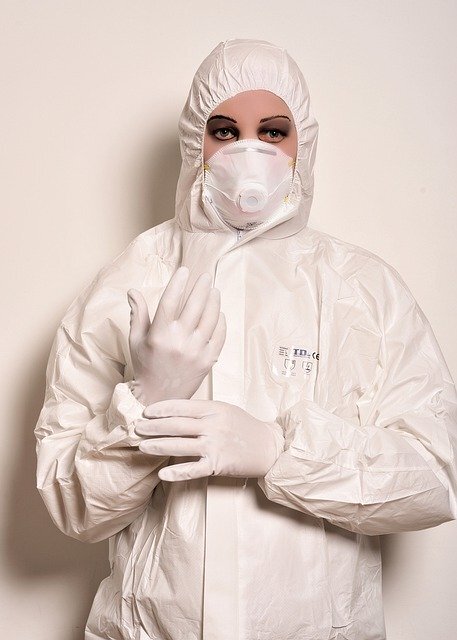READ: US DOT 2020 Emergency Response Guidebook Part Four
/(4 RC) - A guidebook intended for use by first responders during the initial phase of a transportation incident involving hazardous materials/dangerous goods. Based on information provided, this will set in motion a series of events. Actions may range from dispatching additional trained personnel to the scene, to activating the local emergency response plan… (US DOT, Jan. 2020)
Read MoreREAD: US DOT 2020 Emergency Response Guidebook Part Three
/(4 RC) - A guidebook intended for use by first responders during the initial phase of a transportation incident involving hazardous materials/dangerous goods. Based on information provided, this will set in motion a series of events. Actions may range from dispatching additional trained personnel to the scene, to activating the local emergency response plan… (US DOT, Jan. 2020)
Read MoreREAD: US DOT 2020 Emergency Response Guidebook Part Two
/(4 RC) - A guidebook intended for use by first responders during the initial phase of a transportation incident involving hazardous materials/dangerous goods. Based on information provided, this will set in motion a series of events. Actions may range from dispatching additional trained personnel to the scene, to activating the local emergency response plan… (US DOT, Jan. 2020)
Read MoreREAD: US DOT 2020 Emergency Response Guidebook Part One
/(4 RC) - A guidebook intended for use by first responders during the initial phase of a transportation incident involving hazardous materials/dangerous goods. Based on information provided, this will set in motion a series of events. Actions may range from dispatching additional trained personnel to the scene, to activating the local emergency response plan… (US DOT, Jan. 2020)
Read MoreREAD: Proposed Guidance for COVID-19 Pneumonia Respiratory Follow-up
/(1/2 RC) - This guidance is intended to be pragmatic but sufficiently detailed to allow timely identification of patients experiencing persistent or evolving respiratory complications of COVID-19. Where possible this guidance suggests virtual solutions at relevant points along the patient pathway with the goal of mitigating … (British Thoracic Society, May 2020)
Read MoreREAD: NHS (UK) Clinical Management for suspected COVID-19 infection
/(1 RC) - This guidance is for clinicians caring for adults and children admitted to hospital with suspected COVID-19 infection. It does not replace clinical judgement or specialist consultation. COVID-19 infection may present with mild, moderate or severe illness; the latter includes severe pneumonia, acute respiratory distress syndrome (ARDS), sepsis and septic shock. Early recognition of suspected patients… (NHS, Jan. 2020)
Read MoreWATCH: OSHA - Respiratory Protection in General Industry
/(0.50 RCs) - This video provides a brief overview and general information on respiratory hazards in General Industry and respiratory protection program requirements. OSHA uses the term General Industry to refer to all Industries not included in agriculture, construction, or Maritime. Federal occupational safety and health administration (also called OSHA) and state OSHA agencies require employers … (OSHA, 2012)
Read MoreREAD: CDC - Weekly Report 69:44 (COVID-19)
/(4 RC) - These findings suggest that transmission of SARS-CoV-2 within households is high, occurs quickly, and can originate from both children and adults. Prompt adoption of disease control measures, including self-isolating at home, appropriate self-quarantine of household contacts, and all household members wearing a mask in shared spaces, can reduce the probability of household transmission … (CDC, Nov. 2020)
Read MoreREAD: OSHA - Guidance on Preparing Workplaces for COVID-19
/(3 RC) - Coronavirus Disease 2019 (COVID-19) is a respiratory disease caused by the SARS-CoV-2 virus. It has spread from China to many other countries around the world, including the United States. Depending on the severity of COVID-19’s international impacts, outbreak conditions—including those rising to the level of a pandemic—can affect...(OSHA, 2020)
Read More


















